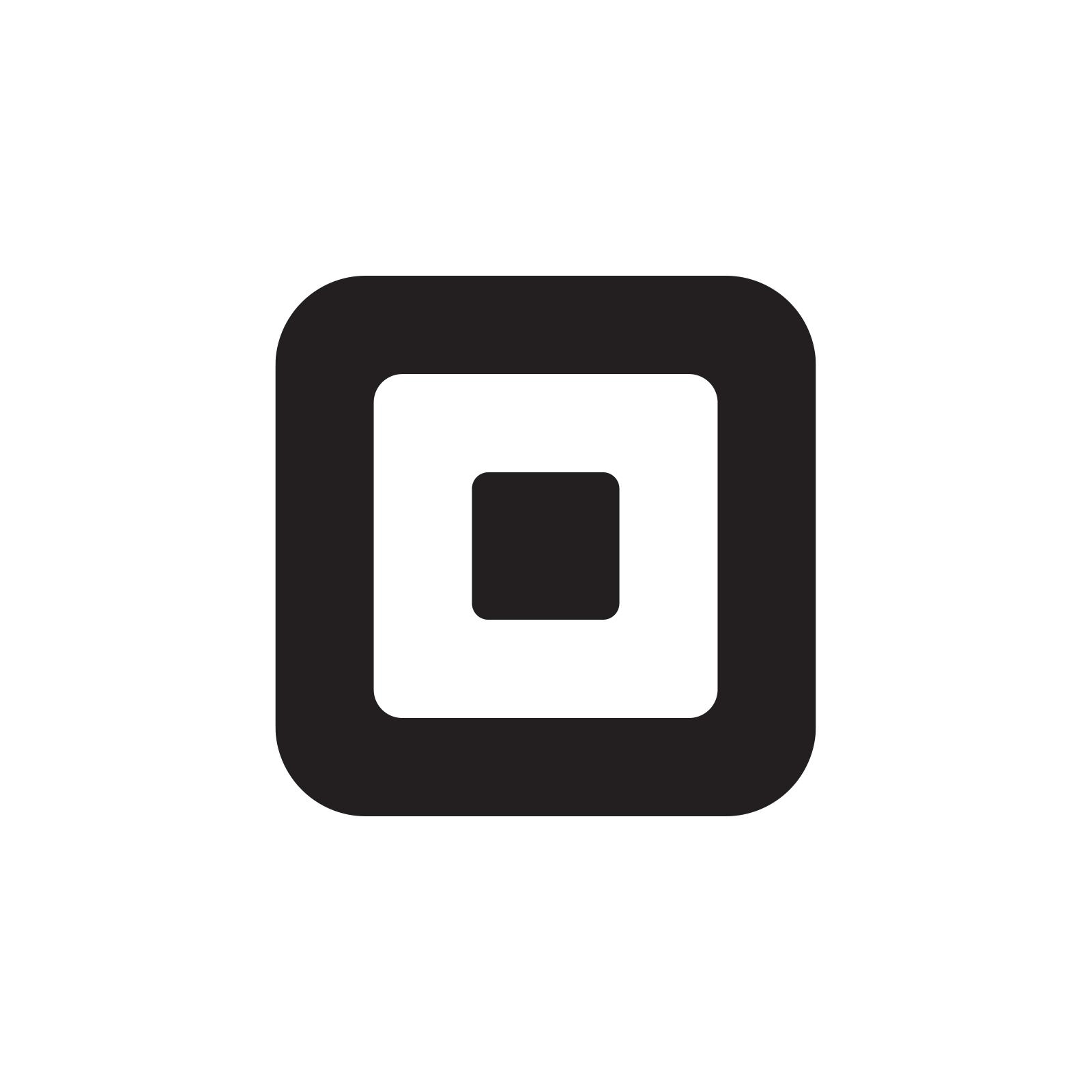How I Started A $80K/Month Luxury Shoes And Accessories Brand
Note: This business is no longer running. It was started in 2018 and ended in 2023. Reason for closure: Shut down.
Hello! Who are you and what business did you start?
I am Kartik Gurmule, Founder at KASA, and Co-Founder at Dropshyp. KASA is an online luxury shoe and accessory boutique with over 270 luxury shoes in the collection.
We sell luxury men and women leather footwear in the following categories - - Lace-Ups and Oxfords - Ankle Boots and Boots - Dress Sneakers and Slip-Ons - Loafers and Drivers - Boots and Booties - Dress Shoes - Pumps and Stilettos - Sandals
We also sell a variety of leather accessories, including Clutch, Duffel Bag, Briefcase, Backpack, Wallet, Tote, and other Small Leather Goods.
We specialize in brogue designed footwear. All of our products are designed in the United Kingdom and made in Milan, Italy, by our partnered manufacturer. All of the KASA collection is hand-painted and handmade using Blake-stitching techniques. With insoles and outsoles entirely in leather, our shoes are ever long-lasting. Each shoe showcases the brand’s signature style and bears witness to the luxury lifestyle. We are actively marketing our products to our potential customers in the USA, the UK, Australia, and other parts of Europe using a variety of marketing techniques.
We launched our first collection in November 2018.

What's your backstory and how did you come up with the idea?
I started KASA as my first company as a 16 years teenager in the summer before high school, although it was not my first business. Since I was 12 years old, I did small projects like making websites and running marketing for clients.
When secondary school ended, I came to know about FlightClub, StockX, and Sneakerdon and got introduced to the sneaker culture around the world. With my connections made in the previous venture, I was able to get inside contacts in big sneaker brands who could supply me with the shoes skipping the waiting line.
But, due to strict Indian customs and taxations, this business failed in the first month itself. I was able to import the shoes at my home but was unable to sell for a good profit because it charged high custom fees and high international courier charges as potential customers were in the USA.
Later, during a family trip to Italy, I wanted to buy myself some Chelsea ankle boot- the popular shoe of the day. Upon visiting the Italian factory where the boots were made, I noticed that each shoe featured buttons with elastic closures similar to the kind big brands produced in Italy and France. Inspired by the possibility of creating more jobs and improving the lives of residents, I decided to expand my interest in shoes.
I dropped sneaker’s idea and researched the markets of derby, ankle boots, and loafers throughout the world. I was fascinated by the trends and demand because there are more people wearing shoes other than sneakers in comparison to people wearing only sneakers. I had an idea but no plan. Being a 16-year-old teenager at that time, I had no idea how international businesses work, and if my idea can be a success. I started slow, hired a few designers from the UK who helped me design some shoes for the 2019 collection. Later, I contacted and shortlisted a few manufacturers throughout Europe and China. Fortunately, I was able to close deals with one who had locations in Milan as well as Guangzhou.
It took me around six months to plan, convince the manufacturer, and create an ultimate website. I raised no funding in this business through venture capitalists; I used my savings from the previous venture and self-funded it. While entrepreneurship is my passion, product development, design, and marketing, were what I had always wanted to focus on.
Take us through the process of designing, prototyping, and manufacturing your first product.
Being a teenager and full-time student in high school, I was unable to visit the manufacturers or their fairs in person. I was lucky enough to find the manufacture through a connection I made in the previous venture.
One should never fear failures.
Beforehand, I had the designs of the products ready as I hired designers from the UK weeks before I contacted manufacturers. I sent the designs to multiple manufacturers and ordered a sample at my home in India and one to my brother in Chicago. It was perfect, the blake-stitch, the leather, the quality was just excellent.
Once I had the manufacturer ready, I did the intellectual property portion. I filed the trademarks myself by researching. For KASA, I ran targeted Facebook ads to capture email and see what CPC I was getting; surprisingly, people in the USA and Europe loved the shoes, they visited the website and pre-ordered in large numbers.
Describe the process of launching the business.
I became a certified web developer at the age of 13, so I was able to use Shopify and customize the theme according to my needs by adding sections, changing the existing ones through the codes. After I was ready with the manufacturer and designs, it was the summer before high school, and hence, I had lots of free time to work on KASA.
I created my Facebook Ads Account and created amazing GIFs, videos, and Images. I was completely new to Facebook Ads, so I messed up at the start and lost huge money. Then, I learned it for a month using courses and websites and started it again. Surprisingly, it cost me 1/4th the amount it cost luxury brands to run the ads, which helped me select my favorite shoes and added those to the homepage. The most important thing was, the results told me that KASA has a good shot in the market and people like them.
We were strengthening the customer database by a huge factor daily. I learned Email Marketing from my friend from Canada who I met a year ago. I used Klaviyo, and he helped me set up the flows.
I preferred to start a month late rather than seeking help from family/friends and launch it instantly. It cost me almost $5,000 per month of savings to test the products on Facebook. Being a web developer alongside ease of use of Shopify, I was able to save the costs to develop a professional website. Within months of launch, we were able to increase our social media following by over 250,000 and email database by over 30,000.

The launch helped me prove the concept to everyone around me and myself. I knew, one day, I want to build a KASA empire covering all elements of fashion. I was inspired by the brand Amiri and how Mike Amiri created that brand into a realm.
One of the first samples I sent to my brother in Chicago for review was Embroidered Bird Derby, which was completely handmade, handprinted, and had a design of a bird building its nest in the side of the shoe - a pinnacle of elegance.
The Runaway Sneakerwhich is is adorned beautifully with the neat brogue perforations on its sides

Since launch, what has worked to attract and retain customers?
I tried marketing on almost all platforms - Facebook Ads, Instagram Ads, AdWords, LinkedIn but the one that worked the best for us was Instagram Ads majorly because our potential audience targeting was the most active user base of Instagram.
To start with, I’d spend $20/day on different assets testing audiences by using the same image/video and narrowed them down based on the results. Later, I checked the same audience on various products and shortlisted the best-selling collections. It took me a while to set up Google Shopping as it was causing me a lot of problems to import the collection.
For KASA, considering the products were 300-500$ majorly bought, I’d run a traction campaign and then would run re-marketing and LLAs on a significant scale accompanying email marketing because, in my opinion, for high ticket items, the more remarketing one does, the better. Usually, the interaction of buyers was three times with the website before they made a purchase, and I’d suggest every semi-high-ticket item sellers to try doing the same strategy and see the results.
From there, we have continued to build out our audiences using customer data and now have hired an agency from Thailand - a team of over 25 professionals who are running our marketing.
Once we drive customers to our website, we perform these strategies -
- Email Marketing - trigger a flow of email
- Affiliate opportunities - opportunity to be an affiliate
- Retargeting - until they convert into customers
- Social Media - be updated with new offers and designs
We would highly use Instagram because not only that gave us traffic but also helped us increase our social media followings to over 250,000 people within months.
The same social media audience helps us get traction free of cost now.
How are you doing today and what does the future look like?
Our business had been entirely profitable since day one; it never went in a loss. Our profit margins, before ad-spend, are around 30-50%. This includes the cost of goods, shipping, and fulfillment costs. The only major element was influencing our profit margin in our ad-spend, which depends on what audience we are targeting and where they live. For Example, advertising in Bangladesh/India is cost-efficient than in the USA; this gives an advantage to the businesses that are limited to the nation and are not international.
We are aiming to provide the best quality anyone can find in any footwear. Therefore our manufacturing costs are high because we strive hard to get the best quality materials and craftsmanship from around the world. We believe in the customers who find themselves to be a part of the KASA community, and therefore, we spend heavily on customer support.
100% of our sales come from our website. We do not sell on Amazon or provide our footwear to department stores because we want to keep our brand identity like Louis Vuitton. We are planning to set up a pop-up store in New York / London in 2022 when we increase our collection.
I handle manufacturer relations and be in contact with them almost daily. After every 24 hours, I approve all products to be fulfilled and send an order sheet to our supplier who ships the goods to the customers. FOR CUSTOM ORDERS of shoes (if special customers want something special in their shoes or their name mentioned in the branding alongside KASA), we custom make the order for special and VIP clients, which takes around ten days to be made all by hands and painted.
We are planning to create a lower end (<100$) shoes as a part of our expanded collection in 2021, which we are planning to market in countries like India. We also are planning to create custom shoes to be distributed among the barefoot poor of Africa and Southeast Asia to help them have a better life.
Our long term goal is to develop a KASA empire with collections ranging from clothing to shoes. We are also aiming to help the poor by giving them special KASA shoes to help them walk with ease.
Through starting the business, have you learned anything particularly helpful or advantageous?
The toughest thing I did was not raising outside investments in KASA. I am determined to hold 100% of the company because this is my passion venture. I reinvest profits made from my other ventures into KASA.
In starting a business, there are mainly two problems one can face: first being not getting sales and second being not getting enough stock made because of financial issues. Companies can either be successful or not; one should remember to consider both the situations as probabilities of being successful is always low. Through KASA, I majorly learned how we do business. I just went all in, no guarantee, following my inner instinct, and moved ahead, neglecting all negative factors. It took me almost a year to get everything in order: many young entrepreneurs would leave the idea in this time frame and miss being successful.
There is a market for every single thing in the market, but getting started is the toughest part. Getting a name out there in the industry is very tough, the illusional dead-end where many entrepreneurs end their idea.
The only mistake I made in my life was not starting early.
Little do we realize that there are people, being 12-15 years old, creating successful business models with help from someone or all by themselves. Most people start at 24 and work hard in their 30s. I believe that starting a decade earlier is always better. Plan as a teenager and work hard in your 20s and then one can retire at 30s and enjoy the real essence of life.
What platform/tools do you use for your business?
For KASA, we use the Shopify platform to manage the business. However, in terms of the website design, I custom coded the existing theme with my skills to my comfort and made it into exactly what I wanted. For Email Tools, I used to use MailChimp but currently using Klaviyo.
For Social media management, I am using a tool my current business-partner in another venture created going by the name Yes.al where I can add all of KASA’s accounts of Instagram, Facebook, LinkedIn, and post in all of them scheduled and instantly.
I would say for beginners (not enterprise-level clients), one should always use Shopify to save up costs of website building and team management. Shopify integrated with Klaviyo for business can perform incredible results.
What have been the most influential books, podcasts, or other resources?
The books that helped me stay motivated and knowledgeable throughout were -
- The Lean Startup by Eric Lies
- Rich Dad Poor Dad by Robert Kiyosaki
- The $100 Startup by Chris Guillebeau
- Think and Grow Rich by Napoleon Hill
- Redefining Global Strategy by Pankaj Ghemawat
Advice for other entrepreneurs who want to get started or are just starting out?
I started the business when I was 12 years old. When my friends were busy playing games, I was busy learning C# and developing/creating games using Unity and Unreal Engine. I became a certified Web Developer at the age of 13 and started building websites for fun. After launching KASA, I also partnered with a friend from the UK, Terry McGinnis, with whom I launched Dropshyp
Dropshyp provides large, medium, and small scale businesses and independent entrepreneurs with the ability to connect with suppliers in East Asia, West Africa, and Arabia. With Dropshyp, businesses can easily establish unseen and undiscovered business links with top tier manufacturers and suppliers, buy and ship directly to customers without holding stock, and discover trending worldwide products that they can sell and buy.
Where can we go to learn more?
If you have any questions or comments, drop a comment below!

Download the report and join our email newsletter packed with business ideas and money-making opportunities, backed by real-life case studies.

Download the report and join our email newsletter packed with business ideas and money-making opportunities, backed by real-life case studies.

Download the report and join our email newsletter packed with business ideas and money-making opportunities, backed by real-life case studies.

Download the report and join our email newsletter packed with business ideas and money-making opportunities, backed by real-life case studies.

Download the report and join our email newsletter packed with business ideas and money-making opportunities, backed by real-life case studies.

Download the report and join our email newsletter packed with business ideas and money-making opportunities, backed by real-life case studies.

Download the report and join our email newsletter packed with business ideas and money-making opportunities, backed by real-life case studies.

Download the report and join our email newsletter packed with business ideas and money-making opportunities, backed by real-life case studies.























